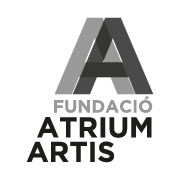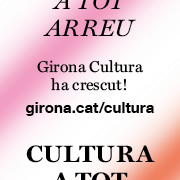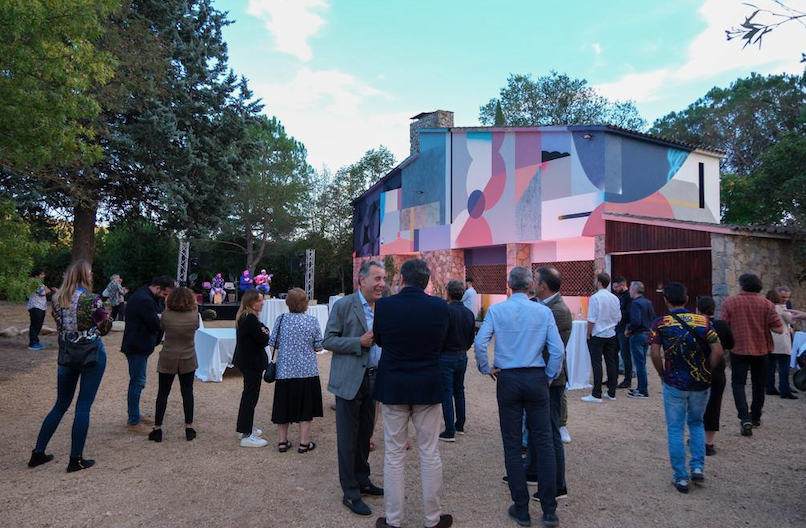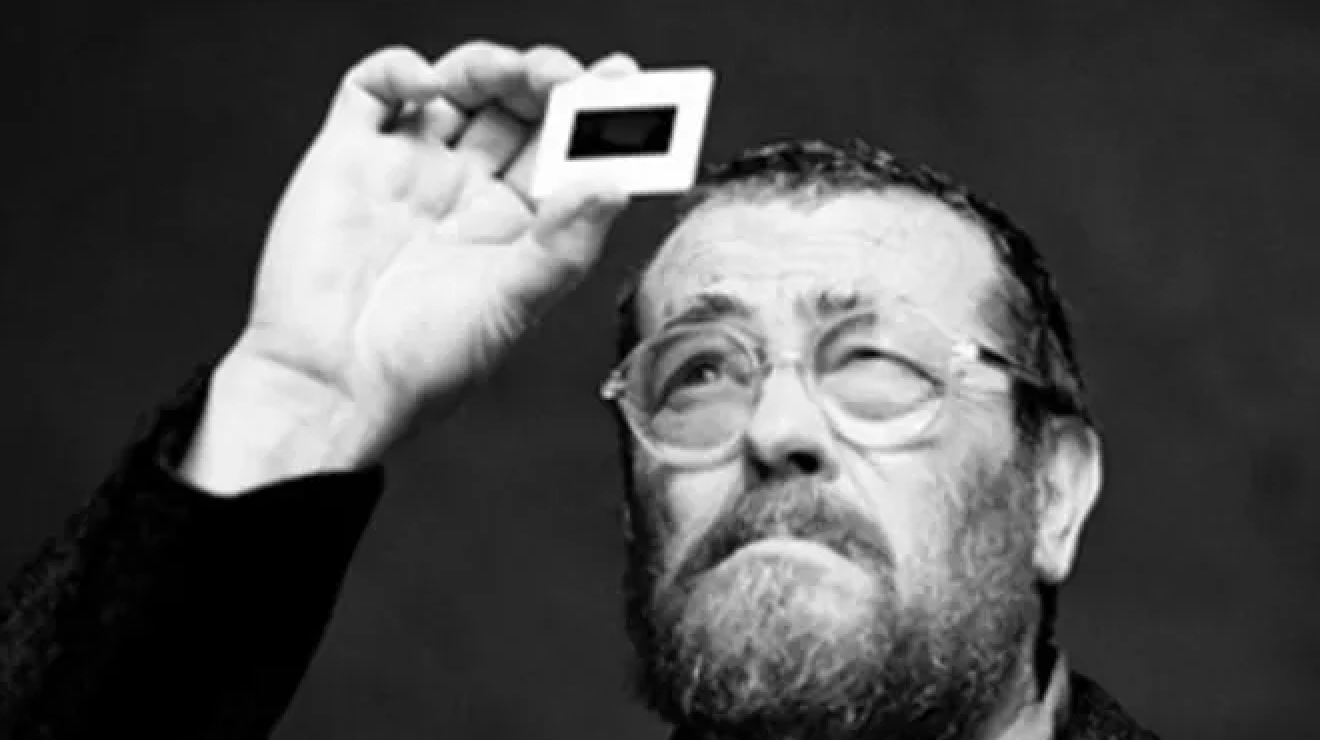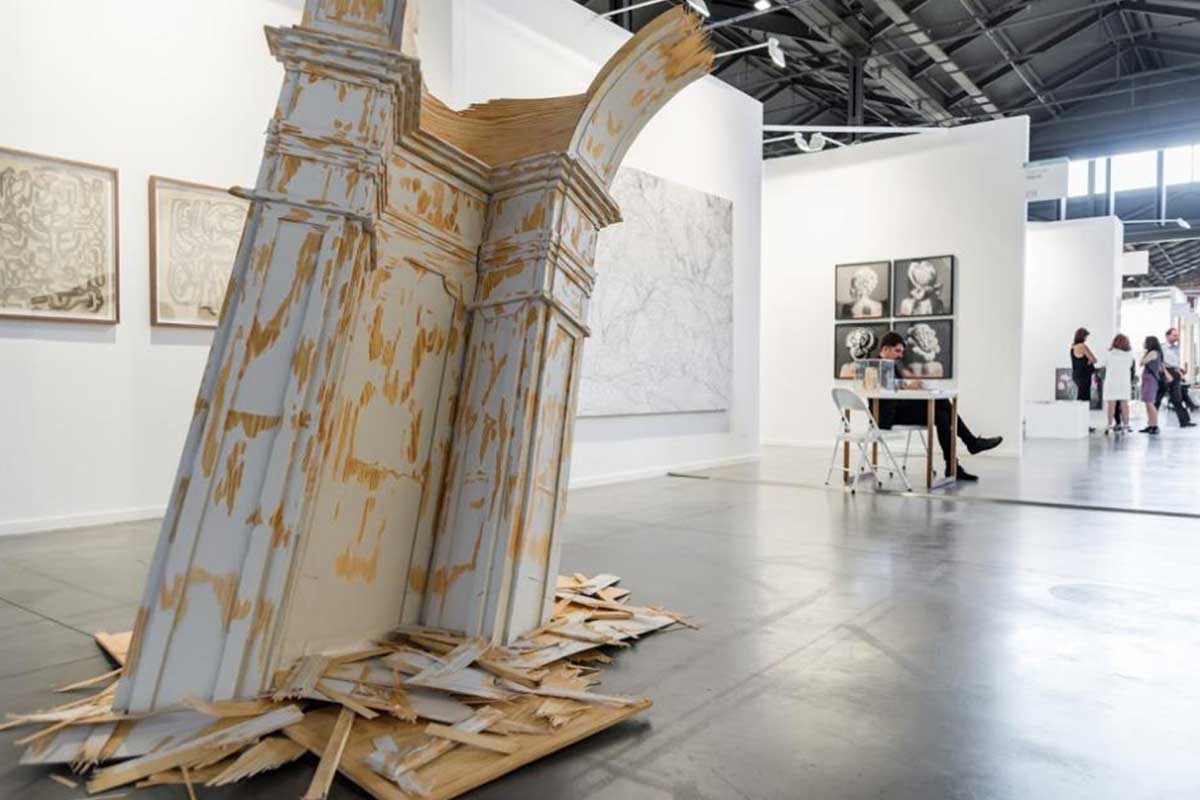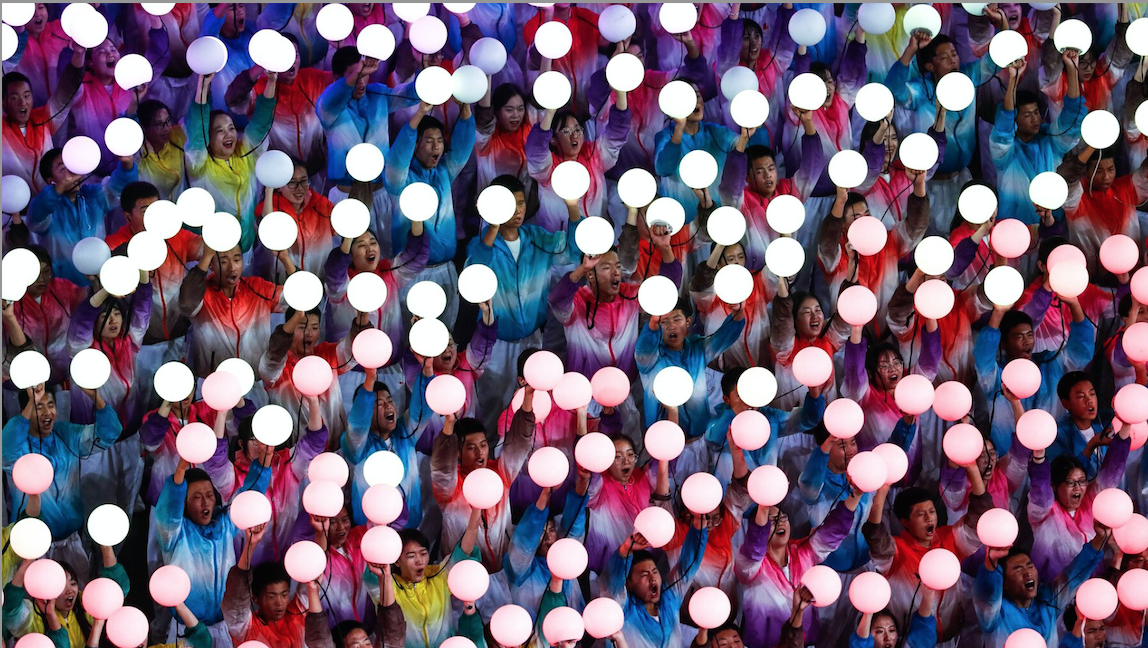Exhibitions
First major exhibition of Miró and Picasso in Barcelona
La Fundació Joan Miró i el Museu Picasso han presentat la primera gran exposició conjunta dels dos artistes que es podrà veure des del 20 d’octubre al 25 de febrer de 2024.
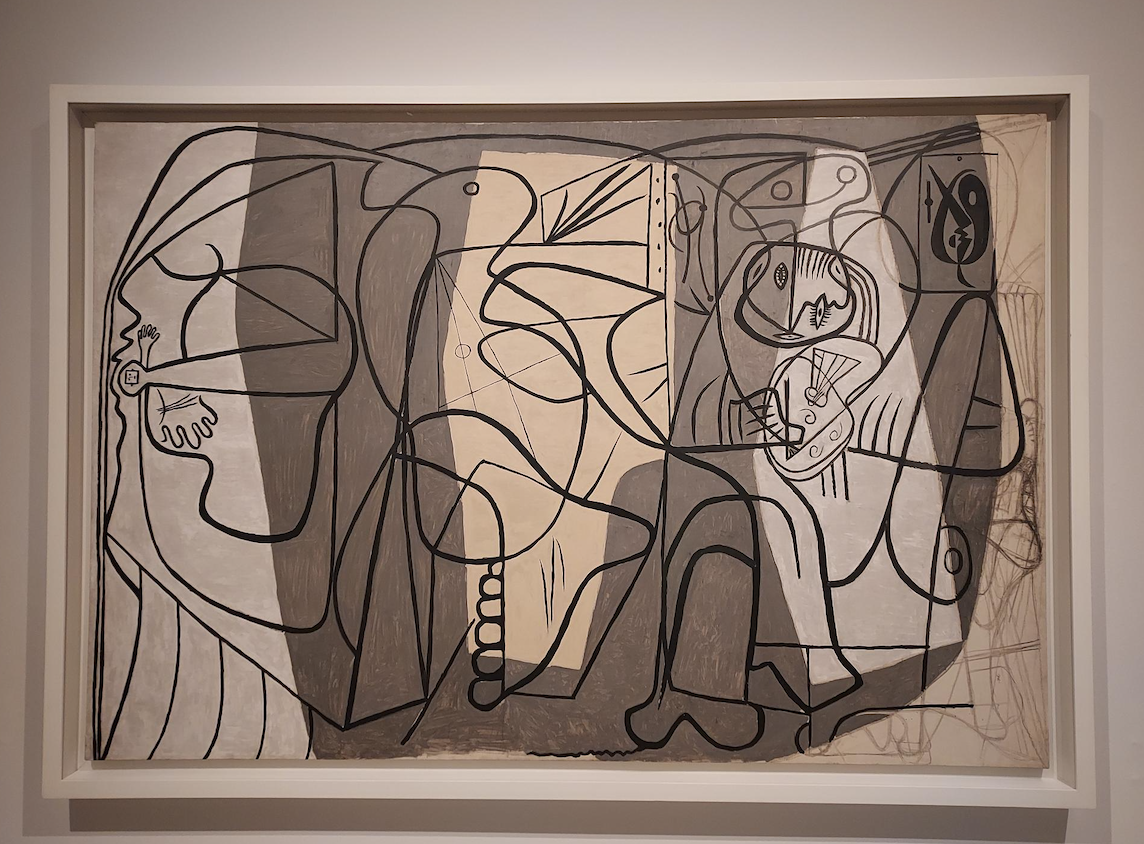
Miró-Picasso delves into the long and fruitful friendship maintained by the two essential painters of 20th century art. Coinciding with the commemoration of the 50th anniversary of Picasso's death and the 40th anniversary of Joan Miró's passing, the simultaneous exhibition at the two museums offers a selection of more than 300 works and documents. The tour traces the fascination between artists, artistic affinities and love for Barcelona. The exhibition makes it possible to see for the first time in Barcelona pieces such as Miró's Woman, Bird, Star or The Three Ballerinas by Picasso.
Curated by Teresa Montaner and Sònia Villegas of the Joan Miró Foundation, and Margarida Cortadella and Elena Llorens of the Museu Picasso Barcelona, the exhibition is framed by the main moments in which the lives of the two artists crossed paths.
Among the highlights that are reviewed are the proximity to surrealist circles, the political commitment during the Spanish Civil War or the darkness of the Second World War. You can also see the shared interest in poetry and writing, the discovery of ceramics or intervention in architectural and public space.

The "unique" and "unrepeatable" exhibition shows, for example, how Miró and Picasso met in 1917 when the latter attended Diaghilev's Ballets Russes Parade at the Gran Teatre del Liceu on November 10, 1917 and this influenced his work. Miró saw the pieces two years later. According to the curator Sònia Villegas, Miró met Picasso when he was already "consecrated" and with a very "defined" trajectory.
The exhibition has loans from all over the world from institutional and private collections. There are 76 paintings that are being seen for the first time in Barcelona and others that have not been exhibited in the Catalan capital for years.
Among the most outstanding pieces are Joan Miró's 'Masia' from The National Art Gallery in Washington DC (USA), Pablo Picasso's The Three Ballerinas (The Dance) from Tate Modern in London (United Kingdom) and pieces from the lessons from Picasso and Miró that they had kept all their lives. Examples include Miró's Spanish Ballerina or Picasso's Self-Portrait.
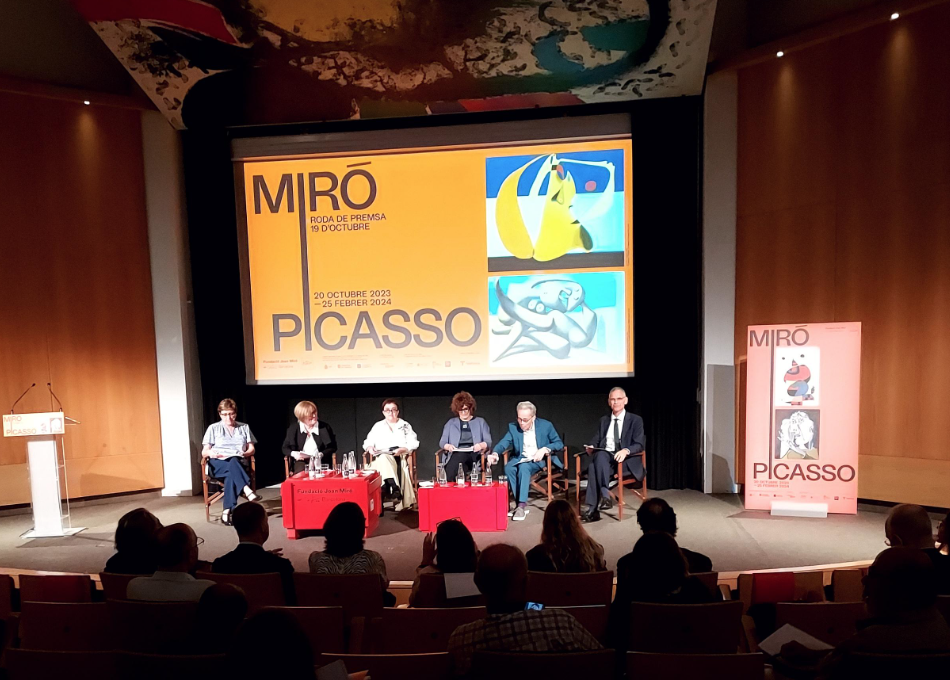
Pieces such as Flama en l'espai i dona nua and L'estel matinal by Miró or Las Meninas and Arlequí by Picasso have left their museums to be installed in another. In fact, 130 pieces have been moved between museums so that the public has a "unique" experience.
Among the list of museums that have lent pieces are more than thirty institutions such as the Picasso National Museum in Paris, the Pompidou Center, the Museu Nacional Center d'Art Reina Sofía, The Museum of Modern Art in New York or the MNAC
The exhibition is divided into seven large thematic and chronological blocks: The Encounter, The Paris of Surrealism, Painting and Writing, Years of War, From the Murder of Painting to Ceramics, The Picasso Style, the Miró Language, and Miró pays tribute to Picasso.
On the first day of the exhibition's opening, this Friday, entry will be free. The initiative is part of the official program of the Picasso 1973-2023 Celebration.


